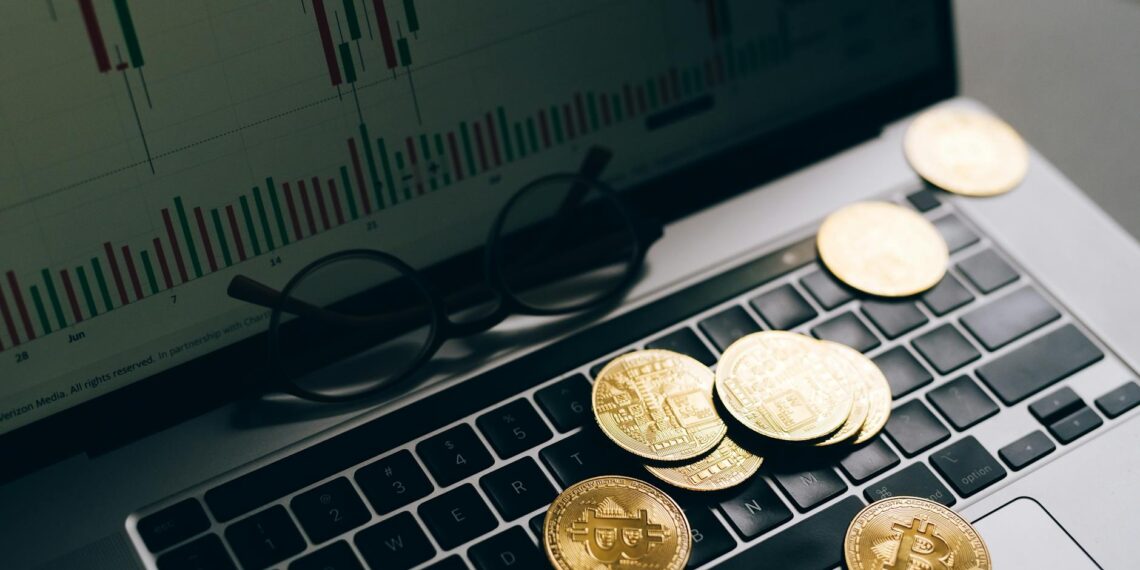Here’s a guide to trading Pi Coin:
- Pi Account and Mainnet Migration: You need an official Pi Network account and your mined Pi coins migrated to your mainnet wallet, which requires completing the Know Your Customer (KYC) verification process.
- Pi Browser App: This is needed to manage your Pi Wallet and perform mainnet migrations and other actions related to your Pi coins.
- Several major centralized exchanges (CEXs) have listed Pi Coin after the Pi Network’s open mainnet launch on February 20, 2025.
- Popular options include OKX, MEXC, Lbank, Bitget, Huobi Global, Pionex, and Bitmart.
- Research each exchange carefully, considering factors like security, fees, available trading pairs (often PI/USDT), and accessibility in your region. Note that Gate.io restricts access to users from some countries, including the United States, Canada, and China.
- Avoid platforms claiming to offer trading of “IOU” tokens, as these are not the actual Pi coins.
- Currently, Pi Coin is not supported on major decentralized exchanges (DEXs), but this may change in the future.
- Register for an account on your chosen exchange and complete their KYC process.
- This typically involves providing personal information and submitting a government-issued ID for verification.
- Access your Pi Wallet within the Pi Browser.
- Copy your exchange’s Pi deposit address from your exchange account.
- Initiate a transfer from your Pi Wallet, pasting the deposit address and specifying the amount of Pi you want to send.
- Double-check the address before sending, as blockchain transactions are irreversible.
- Navigate to the trading section of the exchange and select the Pi trading pair (e.g., PI/USDT).
- Choose between a market order (to sell immediately at the current market price) or a limit order (to sell at a specific price).
- Enter the amount of Pi you want to sell.
- Review the transaction details and confirm the sale.
- Once your sell order is matched and executed, the exchange will transfer the equivalent value in the chosen currency (e.g., USDT) to your exchange wallet.
- You can then withdraw this currency to your bank account or another crypto wallet.
- Security: Always keep your private keys and login credentials secure, and enable two-factor authentication (2FA) on your exchange account.
- Market Volatility: Pi Coin’s price can be highly volatile, especially in its early trading phases.
- Fees: Be aware of trading fees, withdrawal fees, and potential network fees associated with transactions.
- Scams: Be cautious of potential scams and unofficial trading offers.
- Regulatory Restrictions: Availability and trading of Pi Coin may be restricted in certain countries due to local regulations.
Remember to conduct thorough research, understand the risks involved, and only invest what you can afford to lose when trading cryptocurrencies.









Can pi coin be traded?
Yes. As of 2 May 2025, PI coin can be traded on a limited number of exchanges following Pi Network’s open mainnet launch in February. PI is also available as a CFD with select brokers, allowing price speculation without owning the token.
Can you convert pi coin to cash?
From my experience, Once listed on an exchange, you can sell Pi using market or limit orders, then choose to withdraw as fiat, stablecoin, or swap into other crypto assets. Always consider liquidity, slippage, KYC requirements, and platform fees before executing a trade.
How do I sell my Pi coins?
From my experience, Register for free. Create a totally free account. It will take you less than 30 seconds.
Receive cryptocurrencies. Receive or exchange different cryptocurrencies and fiat.
Sell cryptocurrencies. Start building your own portfolio and trade with just a click.